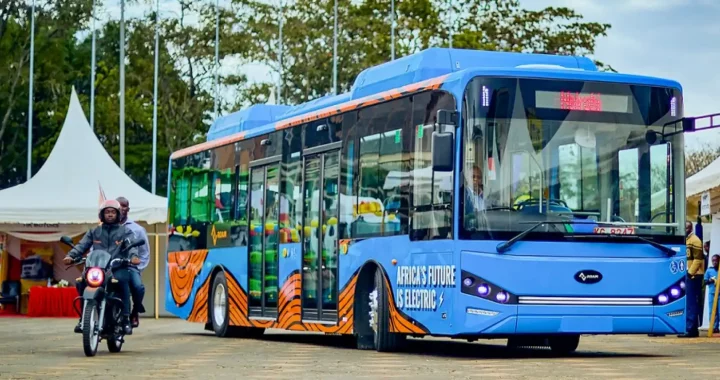Pokémon GO Sustainability Week 2022: How Gaming Industry Can Support Sustainability

Photo by Mika Baumeister on Unsplash
Remember Pokémon GO? When it was first released in 2016, the megahit game was downloaded more than 500 million times by the end of that year. The game features an augmented reality (AR) experience where players can collect Pokémons from real-world locations.
Niantic, the game developer, started annual social impact campaigns and invited the players to participate in 2018. Their most recent campaign is Pokémon GO Sustainability Week 2022.
Pokémon GO Sustainability Week 2022
The thrill of playing Pokémon Go is collecting as many species of Pokémons as possible. Most of the time, rare Pokémons are released during special events. The sustainability week was no exception.
This year’s sustainability week was on April 20-25, 2022. The event saw the debut of Oranguru, the Sage Pokémon whose form is similar to gorillas. Many Pokémons would also appear more frequently, and many other rewards were waiting for the players.
Apart from the in-game rewards, Niantic also pledged to plant a tree for every player who adventured for 5 km during Community Day on April 23, 2022. The company will plant up to 100,000 trees.
Game industry and sustainability
Over the years, Niantic has conducted sustainability campaigns both as a collective and personal effort. On 2019 Earth Day, the company partnered with 46 NGOs worldwide to clean beach trash. 17,000 players volunteered, and 145 tons of beach trash were collected. However, last year’s sustainability week, which called for individual effort, didn’t quite land the success of the previous years.
There might not be a visible thread connecting the gaming industry with sustainability on the surface level. However, this only means there are untapped potentials that need further exploration.
The United Nations Environment Programme launched Playing for The Planet Alliance in 2019 to explore ways to leverage the power of gaming to contribute to our pursuit of sustainability. More than 40 gaming companies have become members, including Niantic, Gameloft, SEGA, and Microsoft.
One of the alliance’s programs is Green Game Jam. It explores ways to integrate environmental actions through green activation in the game. Using environmental-specific themes, such as forests and corals, is one of the methods being carried out in Green Game Jam. So far, 2.75 million players have engaged on the website, over 266,000 real trees were planted, and almost $800,000 donations were made to support environmental causes. Playing for The Planet also regularly published reports on the developments of their efforts.
As beneficial as planting trees is, however, companies should display it as a part of a larger initiative toward reducing carbon emissions. This involves researching appropriate trees to grow and continuously nurture them. Planting trees without conscious effort to minimize their carbon consumption means that the companies have fallen into greenwashing practices.
Ways to use technology to create impact
We live in an era where entertainment is accessible anytime and anywhere due to the massive development of technology. While often seen as detrimental to environmental preservation, technology can be a tool to create progress towards sustainability.
Games have the power to engage and entertain people through quests, storytelling, and rewards. Therefore, more and more gaming companies should join the commitment to reduce the industry’s carbon footprints and inspire their players to create a real impact for a greener earth.
Editor: Nazalea Kusuma
Kresentia Madina
Madina adalah Asisten Manajer Publikasi Digital di Green Network Asia. Ia adalah lulusan Program Studi Sastra Inggris dari Universitas Indonesia. Madina memiliki 3 tahun pengalaman profesional dalam publikasi digital internasional, program, dan kemitraan GNA, khususnya dalam isu-isu sosial dan budaya.

 Test Custom Feature Image
Test Custom Feature Image  Electric Vehicles Roam the Roads of Kenya
Electric Vehicles Roam the Roads of Kenya  FedEx Engages Employees with Beach Clean-Up Initiative
FedEx Engages Employees with Beach Clean-Up Initiative  Come Back Stronger: Building Philippines’ Resilient Economy Post-COVID-19
Come Back Stronger: Building Philippines’ Resilient Economy Post-COVID-19  Inside Experian’s Sustainability Journey: An Interview with Chief Sustainability Officer Abigail Lovell
Inside Experian’s Sustainability Journey: An Interview with Chief Sustainability Officer Abigail Lovell  5 Food System Actors That Have Taken the 123 Pledge to Reduce Food Loss & Waste
5 Food System Actors That Have Taken the 123 Pledge to Reduce Food Loss & Waste  Test premium post
Test premium post